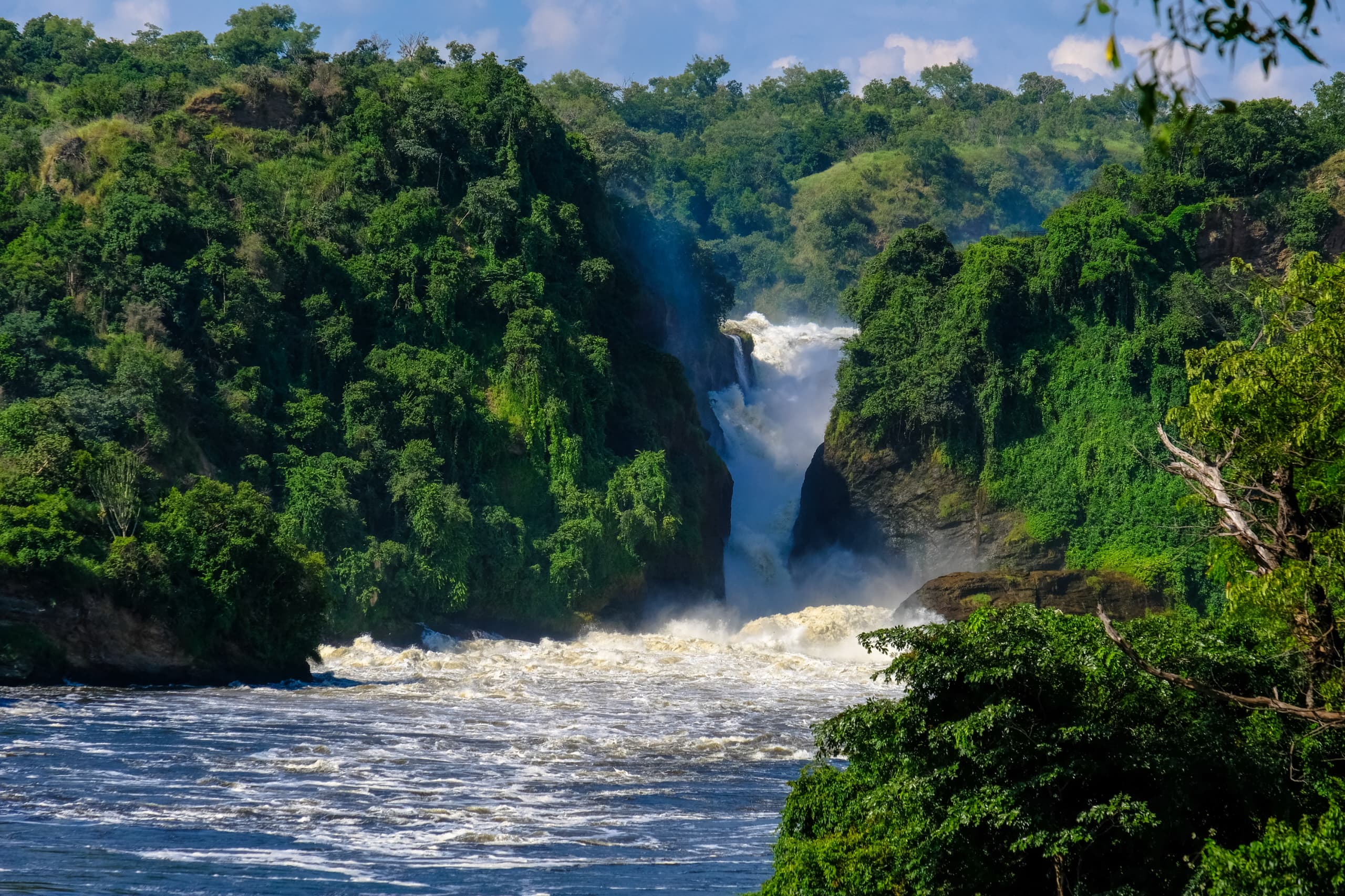(World’s Largest Caldera)
Mount Elgon National Park, covering 1145km2 protected the higher slopes of Mount Elgon an extinct volcano on the Uganda-Kenya border. Once towering above Kilimanjaro’s current 5900m, it now rises to 4321m still 3000m above the hot, dusty plains of Karamoja. Visitors can make extended hikes, requiring a minimum of 3days, to reach the summits along the jagged rim of a giant 8km wide caldera. Less demanding activities include day or half day walks through the forest on the lower edge of the park or relaxing at resorts overlooking delightful waterfalls at Sipi.
Mount Elgon National Park is a protected area renowned for its rich biodiversity, cultural heritage, and geological significance stretching over the border between Uganda and Kenya. It is an inactive volcano estimated to be around 24 million years old, making it the oldest inactive volcano in East Africa. Mount Elgon National Park covers approximately 50km by 80km. Its highest peak, Wagagai, rises to 4,321m above sea level. It signifies cultural value for the local communities, particularly the Bagisu (Bamasaba) people, who refer to the mountain as “Masaba,” named after their founding ancestor. The mountain is central to their cultural identity and traditional practices. The mountain’s diverse ecosystems range from montane forests to high-altitude highlands supporting a variety of flora and fauna, including over 300 bird species and several rare plant species. The park offers various tourist activities, including hiking, bird watching, and exploring ancient caves formed by lava tubes. Its unique geological features, rich biodiversity, and cultural heritage make it a valuable destination for both conservation and tourism.



